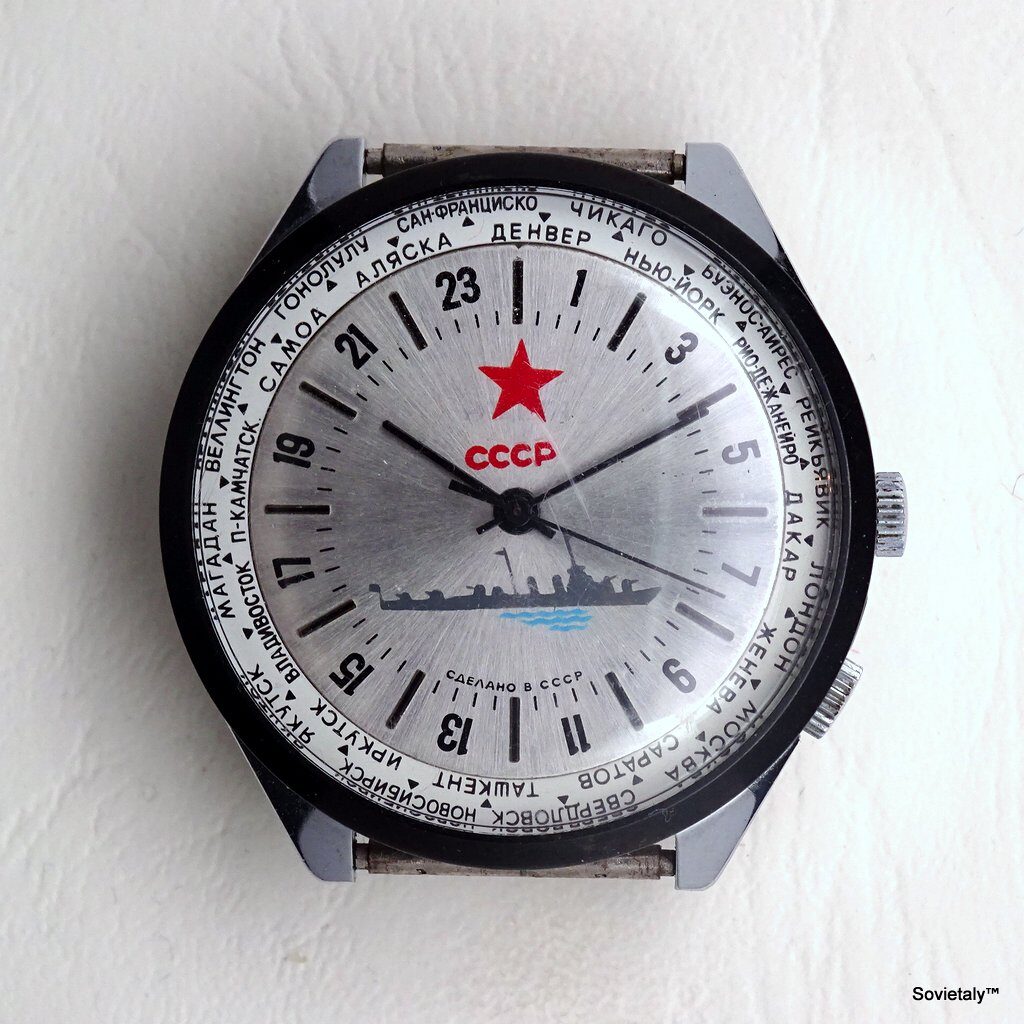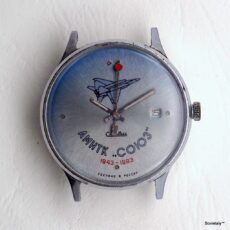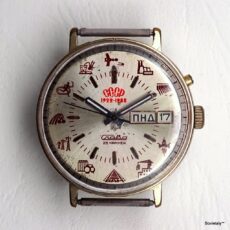How to Read the Time on a Raketa 24-Hour Watch
Raketa 24-hour watches are mechanical timepieces produced by the Raketa factory in Saint Petersburg, Russia. Their defining feature is a 24-hour dial, rather than the standard 12-hour format. This means that the hour hand completes a full rotation once per day, providing a clear and precise time display without the need to distinguish between AM and PM.
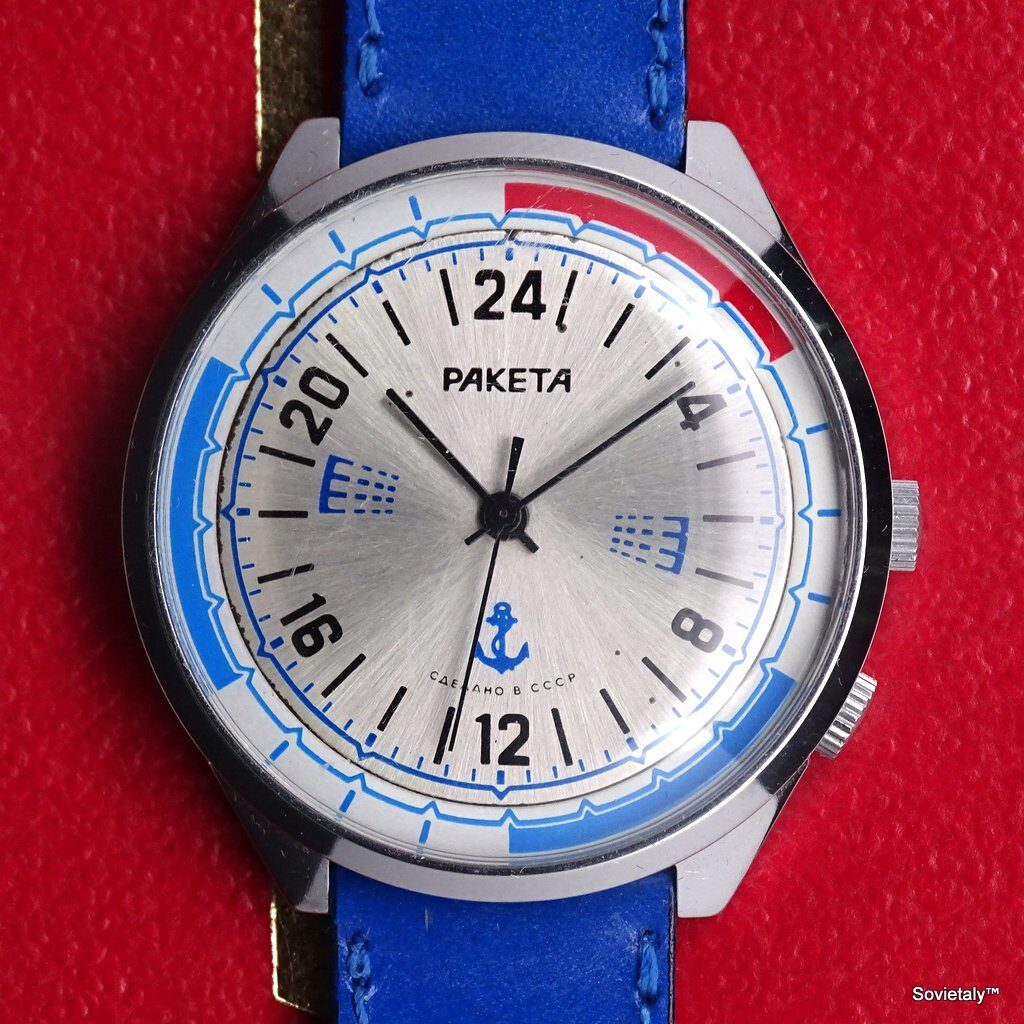
How the Hour Hand Works
The hour hand is the shorter hand and takes 24 hours to complete a full revolution. Unlike a traditional 12-hour watch, where the hour hand circles the dial twice a day, on a Raketa 24-hour watch, it moves around the dial just once over the course of a full day.
- When it points to 18, it is 6 PM.
- When the hour hand points to 0 or 24, it is midnight.
- When it points to 6, it is 6 AM.
- When it points to 12, it is noon.
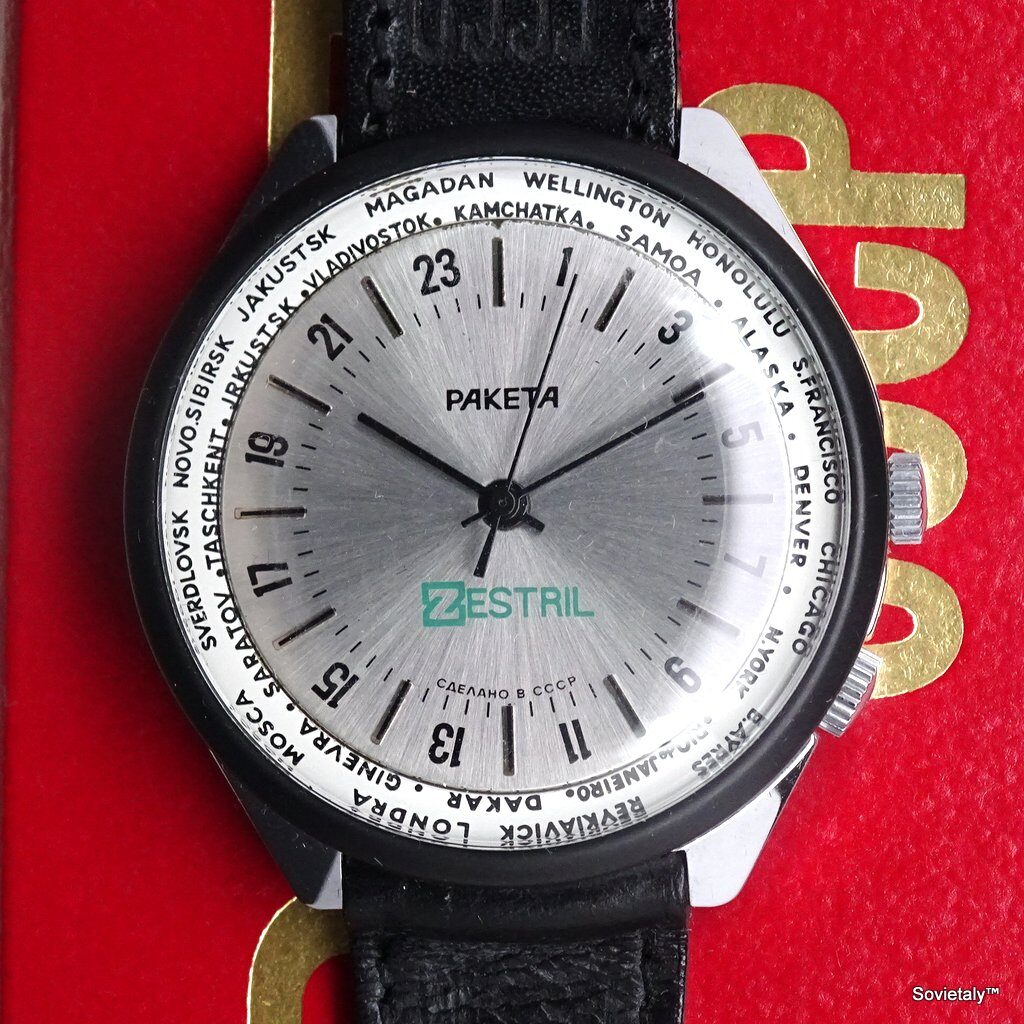
How the Minute Hand Works
The minute hand is the longer hand and functions just like on a standard watch: it completes a full rotation in 60 minutes. The dial markings indicate the minutes in the usual way.
For example:
- If it points to 30, 30 minutes have passed since the last hour (e.g. 12:30 or 18:30).
- If the minute hand points to 0, the time is on the hour (e.g. 12:00 or 18:00).
Soviet and Russian Raketa 24-Hour Watches
Raketa 24-hour watches were widely used by scientists, explorers, and military personnel, particularly in environments where natural light could not reliably indicate the time of day. They were especially valuable for:
- Submariners and naval personnel, who operated in enclosed spaces for extended periods.
- Scientists and workers in polar regions, where the sun remains above the horizon all summer and never rises in winter.
- Pilots and astronauts, who needed an accurate time reference unaffected by artificial day-night cycles.
Even today, Raketa 24-hour watches remain an iconic example of Soviet-era design and are highly sought after by collectors and watch enthusiasts alike.
